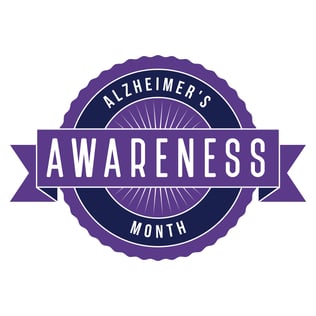Parkinson’s Disease is a condition that affects the way people move, think, and feel. It’s progressive, which means it changes over time, and while there’s no cure just yet, there’s a lot we do know about it—and that knowledge can be powerful for prevention, support, and better care.
Causes and Risk Factors
There’s no single reason someone develops Parkinson’s—it’s usually a mix of genetics and the environment. Some people carry certain gene mutations (like LRRK2, GBA, or SNCA) that raise their risk. These can be passed down through families, but not always.
Environmental exposure matters too. Being around pesticides or heavy metals for long periods has been linked to higher chances of developing the disease. And as people age—especially past 60—the likelihood increases. Men are more commonly affected than women, and some research suggests that being overweight might also play a role.
Scientists have also been looking closely at a protein called alpha-synuclein. When this protein builds up in the brain and forms clumps (called Lewy Bodies), it interferes with how the brain works—and that’s a big part of what drives Parkinson’s.
Recognizing the Symptoms
There’s no magic cure yet, but there are ways to manage the symptoms and keep moving forward.
The most common treatments are medications that help boost dopamine in the brain—since Parkinson’s is tied to a drop in dopamine levels. For people dealing with intense tremors, some surgical options like Deep Brain Stimulation or MRI-guided ultrasound can really make a difference.
Therapies are also incredibly helpful. Physical therapy keeps the body strong and flexible. Speech therapy can help with communication, and emotional support—whether it’s through a counselor, a support group, or trusted loved ones—makes a world of difference.
Managing and Treating Parkinson’s 
Unfortunately, there is no direct cure for Parkinson’s. However, there are some clinical options to help treat the effects of the disease. These include Dopamine medication, Deep Brain Stimulation Surgery for large tremors, MRI guided ultrasound for localized tremors, and long term physical, emotional, and speech therapy.
Can Parkinson’s Be Prevented?
While there are no direct cure’s for Parkinson’s Disease, there are some things you can do to prevent it. This includes regular cardiovascular training, maintaining a healthy whole food diet, maintaining a population average body fat percentage, and surprisingly, intaking some caffeine regularly to stimulate the neurons in your brain.
Parkinson’s Disease remains a complex condition with no one-size-fits-all path, but continued research and awareness bring hope. Whether you’re seeking to understand the risk factors, recognize symptoms, or support a loved one, knowledge is a powerful starting point. With the right combination of medical care, physical activity, and emotional support, individuals with Parkinson’s can continue to live fulfilling, active lives.


 Links Between Physical Exercise and Brain Health
Links Between Physical Exercise and Brain Health Often I ask my clients or athletes why they exercise. The most common answers that I get from them are “because I want to look better” or “for good health,” which are great reasons for sure. But what if I told you that exercise helps one of the most important organs in your body that doesn’t include any visible muscle:
Often I ask my clients or athletes why they exercise. The most common answers that I get from them are “because I want to look better” or “for good health,” which are great reasons for sure. But what if I told you that exercise helps one of the most important organs in your body that doesn’t include any visible muscle: 